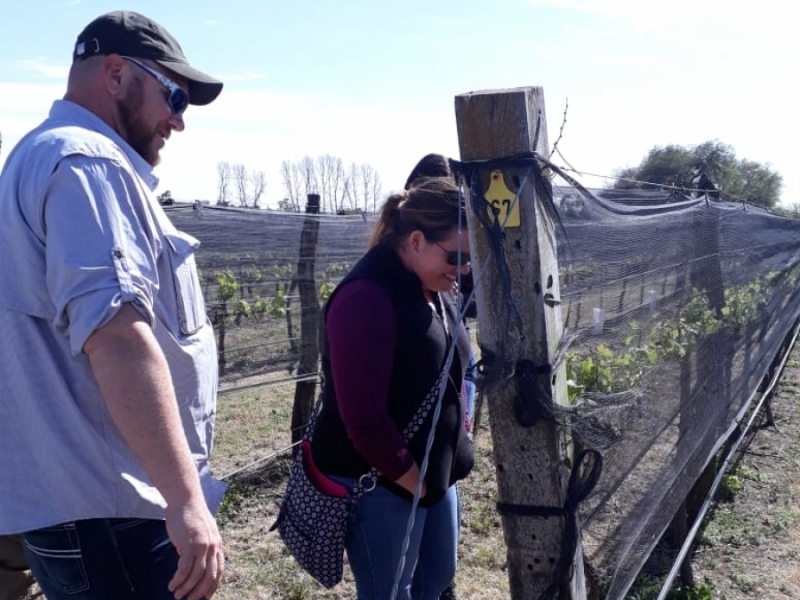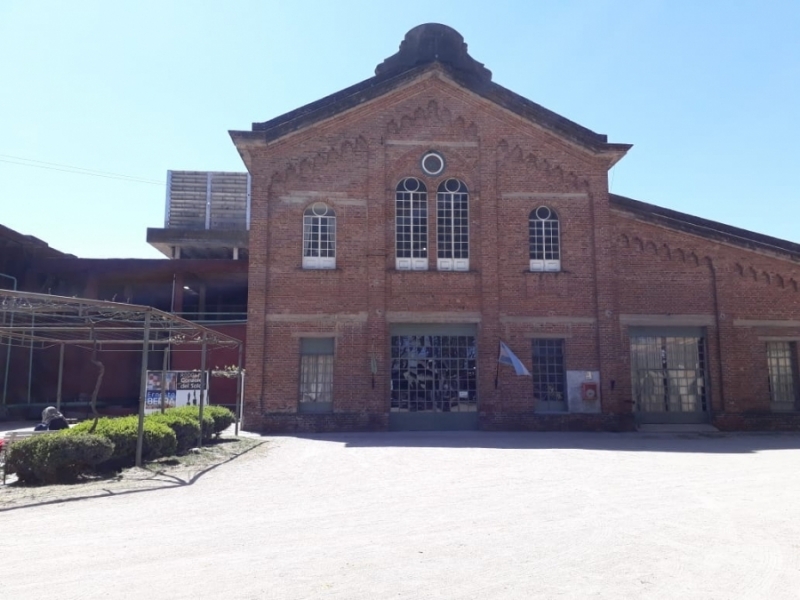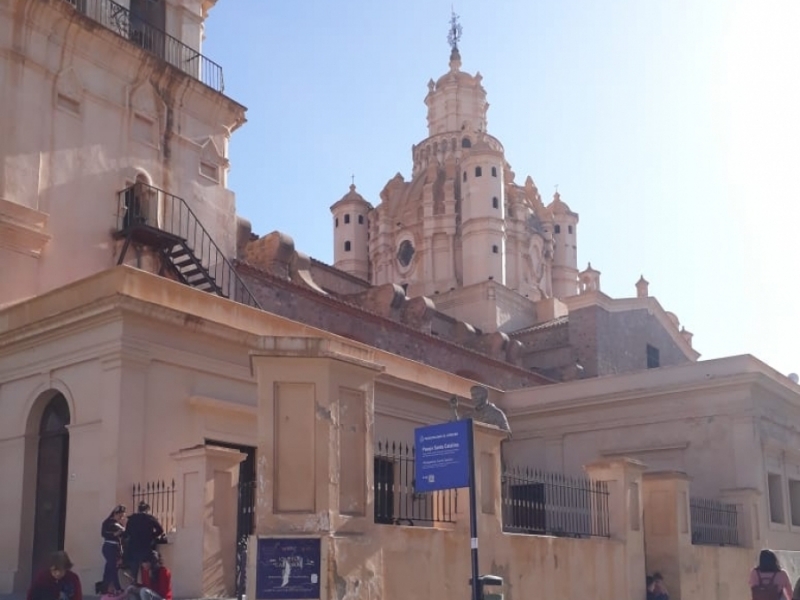News and Testimonials

Wine, history and culture: a blend of knowledge
Today we had a beautiful day with Chad, Suzzane, Shane and Stephan. We visited two wineries located in Colonia Caroya (one very different from the other) and then, we had lunch in the city of Córdoba and visited historical places such as the Plaza San Martin, the Cathedral, the Jesuit block, the Good Sheperd and the Capuchin Church.
The first winery we visited is called Terra Camiare. Its name has a historical significance since the Camiare are the natives of Córdoba who worked for the Jesuits cultivating and making products (among them, wine).
That is why not only the winery but also the wines receive names related to this story. Everyone was fascinated with this visit because they enjoy learning about wine and its different ways of producing it.
Although the ones they liked most were Socavones Malbec and Socavones Cabernet, they noticed Socavones Ovum very original and different. It is a reserve wine that ferments and settles in stainless steel tanks for a few months and then moves to ovoid vessels (instead of barrels) that will be in charge of aging the wine for approximately one year.
These vessels are made of a special concrete so that they can have contact with the wine and give it a more creamy and full-bodied flavor.
When we passed through the second winery, La Caroyense, they noticed that the form of production was very traditional. This is precisely the intention of the owners, they propose to keep the same recipes since 1930 (when the winery was created).
La Caroyense winery was born as a cooperative on November 18, 1930. Its founders were all of Friulian origin, so the main facade of the winery is similar to the cathedral church of the city of Udine.
We toured the impressive construction and learned that it has a living capacity of 16 million liters, of which only 2 million are used. Inside, regional, generic, fine varietal and bivarietal wines are made for ritual and grapa.
After that we went to Cordoba City. When we arrived, we had lunch at an Italian restaurant called La Mamma. The food was exquisite and we ordered a well-known wine in Argentina called Luigi Bosca (Malbec), not very strong to pair the pasta.
As soon as we finished lunch, we headed to Plaza San Martín where the historical and cultural tour began. In 1599 the Jesuits arrived in the city and made it an important center of their evangelizing, pedagogical and missionary task. Thus Córdoba was the cultural reference point of the Río de la Plata and Tucumán. Then, in 1767, by order of King Carlos III, the Jesuits were expelled, leaving a valuable inheritance to the city of Córdoba. The so-called Jesuit block was declared a World Heritage Site.
Upon arriving at the Capuchin Church, Suzzane was very happy to have learned why all the Gothic art churches had a tower on one side but not on the other (it means that Christ's soul has ascended).
We hope to see you back in Argentina guys !!
Maggie Benedetto













